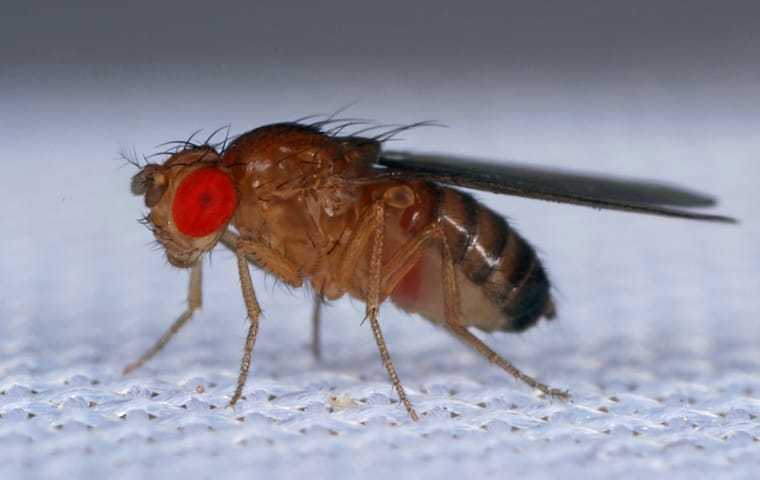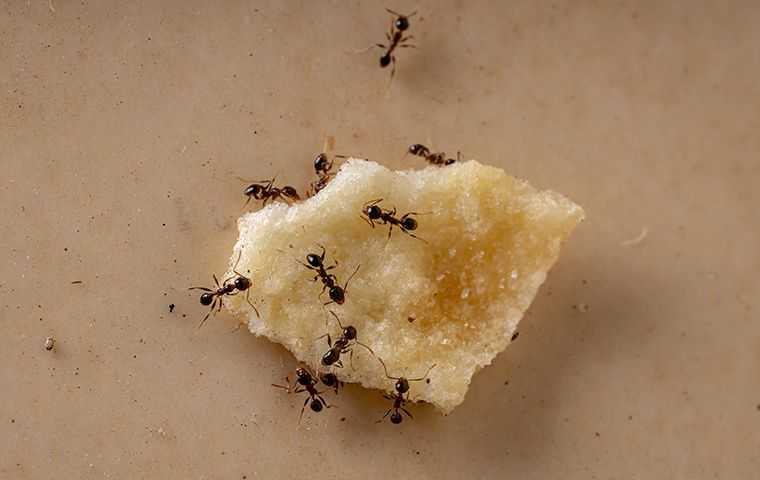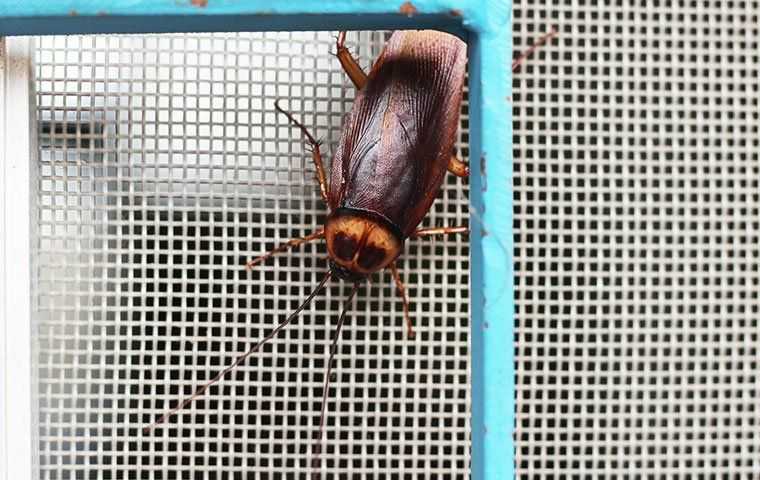Bed Bugs & Pets: What Every Oahu Resident Needs To Know

November 30, 2021
Most of the time, the first thing that comes to mind when you think of pests that can infest your pets isn’t bed bugs. Since bed bugs sleep in your bed and feed on you overnight, many people assume that bed bugs are just a problem for people. However, just like fleas, ticks, mites, and a plethora of other external parasites, bed bugs can actually become a problem for your pets. You’ll probably never face a situation where bed bugs are bothering only your pets. If bed bugs are feeding on your pets, they’re probably feeding on you too.
Bugs In Your Bed (And Your Pet's)
Unlike fleas, scabies, etc., bed bugs never live on their hosts. They live in their hosts’ environments and take advantage of them when they’re nearby. Bed bugs are attracted to the same things about your pets that they are about you. The carbon dioxide that all mammals exhale when we breathe is a big bed bug attractant, as is body heat. Sensing these attractants is how bed bugs know you’re close.
Bed bugs eat blood, and they prefer human bedding and other furniture that we sit or sleep on because they find it easier to crawl on hairless humans. However, even furry pets have less hairy areas like their legs or underbellies. That means pets may wind up being bitten in these areas when they sleep in infested bedding or on infested furniture.
Unfortunately, fleas have a similar strategy to bed bugs, especially with people. Many times, fleas live in your furniture and carpeting and bite you when you’re near. Human hair isn’t thick enough for fleas to live in, and their bites can look similar to bed bug bites. So how do you tell the difference?
Well, the best way to tell is actually seeing the bugs. Neither fleas nor bed bugs are microscopic, so that they can be easily distinguished. To the naked eye, fleas look like teeny black dots that can jump very far. You’re also much more likely to see them hopping around during the day.
On the flip side, unless you wake up in the middle of the night and turn on the light, you’re unlikely to see a bed bug crawling on you. You can look in the folds of your mattress or even under your sofa cushions if you suspect bed bugs may be hiding in there. Bed bugs are flat, oval-shaped, and tan to reddish-brown. They also don’t have even a small fraction of fleas’ agility.
What To Do About Bed Bugs
Bed bugs can drive your pets as crazy as they drive you. Unfortunately, bed bugs don’t just infest your beds – they can infest your whole house. Bed bugs can hide in the craziest places: between carpet fibers, behind light switch covers, and, yes, in your pets’ bedding. If your pet starts scratching like crazy and you can’t find any fleas, it might be bed bugs, especially if you’re waking up with bites yourself.
Time To Call In The Professionals
Inspect your pets’ bedding if you suspect bed bugs. Wash beds and blankets at the highest temperature and dry them on the highest heat setting to kill the bugs in your pets’ things. You can do the same with your own sheets and bedcovers.
However, even these measures cannot get rid of an entire bed bug infestation. They hide in so many other places that you just can’t possibly get them all. The good news is you don’t have to. At Pest Tech Hawaii, we have the most effective tools in the trade to get rid of bed bugs and ensure they stay gone. So call (808) 378-1866 or visit our contact page to schedule your home pest control service!
Client Review

We use pest tech for our termite treatment and pest control. Great termite treatment crews and super quick and efficient pest control. They have the most competitive pricing and not over priced.
Request An Estimate
Complete the form below to request your estimate.






